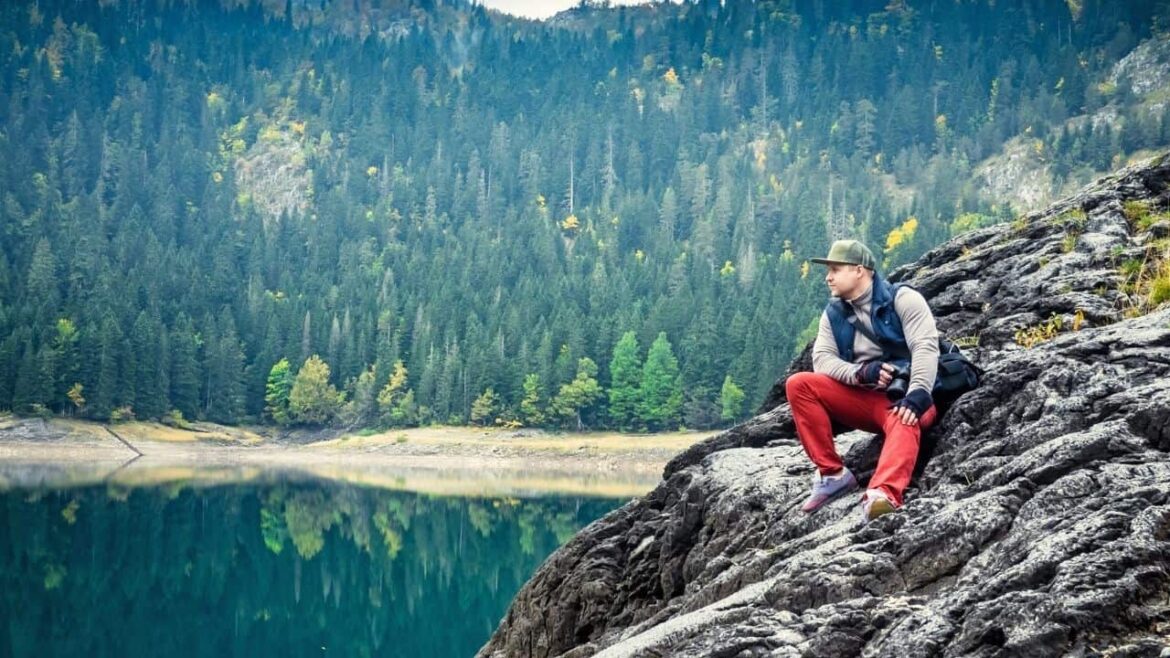Table of Contents
There’s a ton of unchartered territory in the world that only the truly ambitious traveler gets to revel in—the hard-to-get-to destinations that are worth boarding multiple modes of transportation to reach or the summits that’ll take your breath away just after you’ve re-gathered it since the treacherous hike up.
We’ve conquered half the battle for you and asked some travel bloggers about their favorite off-the-beaten-path spots and how to get to them.
Hierve el Agua in the Sierra Madre Mountains of Oaxaca, Mexico
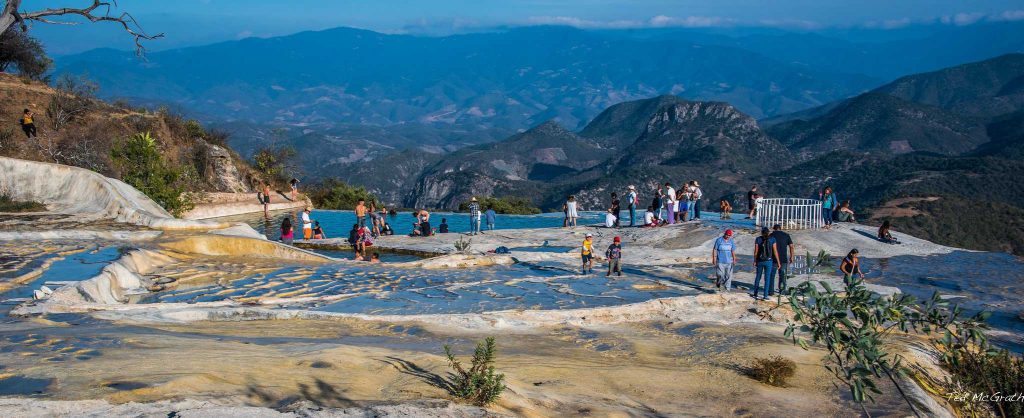
Hierve el Agua in the Sierra Madre Mountains of Oaxaca, Mexico (Allison of Eternal Arrival): “To get there, you must squeeze into a collective taxi for one hour from Oaxaca City to Mitla. After that, you have to hitch a ride in the back of a pickup truck up into the mountains.
However, since you have to wait for the truck to be loaded with enough people to warrant the journey, this can sometimes take over an hour! Once you get moving, though, the ride is fascinating. You wind through the mountains, passing by rural villagers and donkeys carrying bundles of wood along the way.
When you finally get to Hierve el Agua, you are rewarded with a beautiful, petrified waterfall in the middle of luscious greenery, and you can also swim in the gorgeous natural mineral pools overlooking the mountains.”
More: Best Camping Gear
Cala Marquesa in Costa Brava, Spain
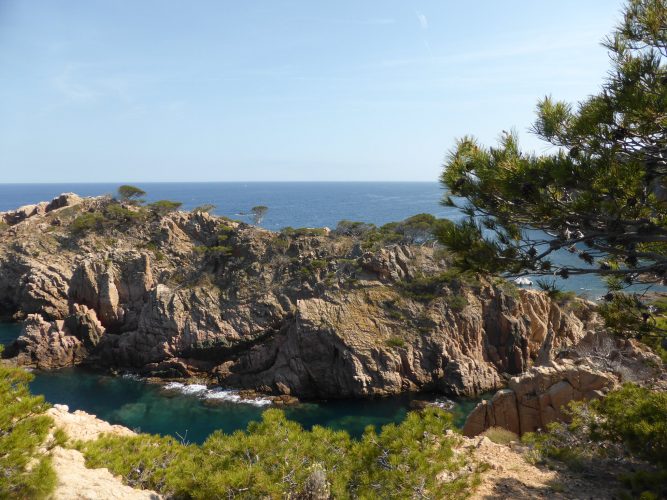
Cala Marquesa in Costa Brava, Spain (Matt of Hostel Geeks): “About 62 miles north of Barcelona, you can find Costa Brava, the wild coast of Catalunya.
Cala Marquesa, which I absolutely adore, is a 10-meter long beach tucked in between high rocky and green cliffs. Cala Marquesa was actually only able to be reached by the seaside.
That was only until some unknown beach-lover made their way down from the cliffs. Someone—nobody really knows who—found a way to climb down a narrow trail, and he or she installed a rope.
So, today, you can visit Cala Marquesa by climbing down this rope for about 50 meters. It is quite risky but absolutely worth it.”
Etna Vulcano in Sicily, Italy
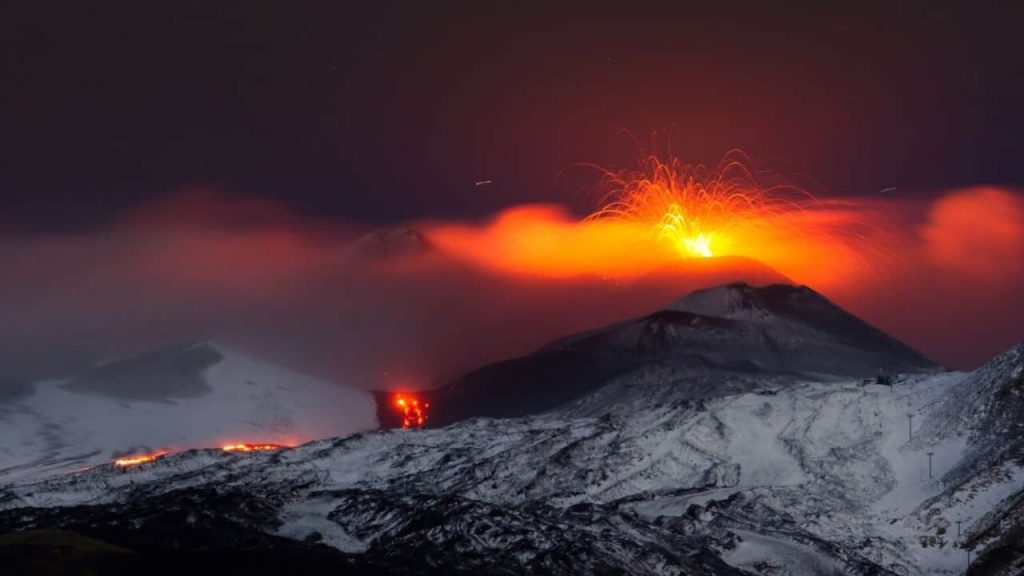
Vulcano in Sicily, Italy (Olivier of Olivier Olielo): “It’s a two-and-a-half-hour flight from Paris to Sicily, then an hour-and-45 minutes-drive, then one hour in a speedboat and finally 15 minutes of driving.
With all the delays and waiting time, this is about a nine- to 10-hours journey. But once you reach the place, you won’t be disappointed, and you’ll forget how long the travel was.
It is a really nice place with incredible sunsets and part of the Eolian islands, north of Sicily, west of Italy. You can discover the wild nature of Vulcano by foot or by renting a quad.
Going around the island will take half a day to a day, depending on how long you stay in each place. You can also enjoy hot water baths in the sea.”
More: Best Binoculars
Civita di Bagnoregio near Rome, Italy
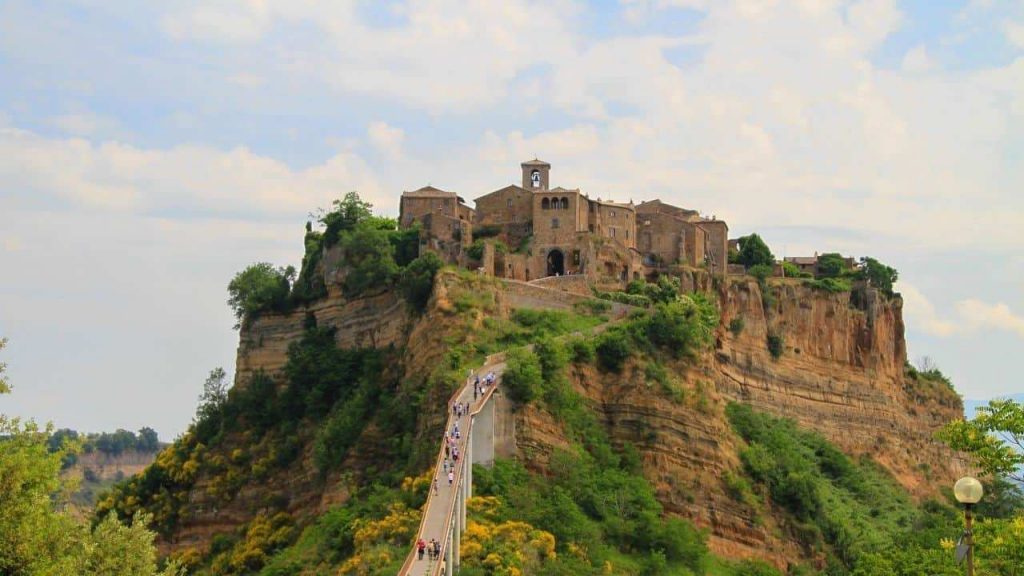
Civita di Bagnoregio near Rome, Italy (Lorna (The Roman Guy) of Italy Travel Blog): “Founded by the Etruscans 2,500 years ago, the town is now referred to by Italians as il Paese Che Muore (the dying town).
This is because of the town’s constant erosion resulting from earthquakes and the fact that it has only 12 inhabitants who live there year-round. Perched high atop a plateau of volcanic rock in Umbria.
The ghost town can only be accessed via a man-built walkway that climbs up to the city’s gate. To get to that walkway, you’ll need to take several modes of transportation from Rome.
First, take a train from Rome to Orvieto. Then, from Orvieto train station, you’ll need to get the funicular up to the hilltop town of Orvieto, where the bus departs for Bagnoregio.
Once you arrive in Bagnoregio, you’ll find a shuttle that takes you to the walkway entrance of Civita di Bagnoregio.”
More: Best Hiking Backpacks
Altai Bogd National Park in Mongolia
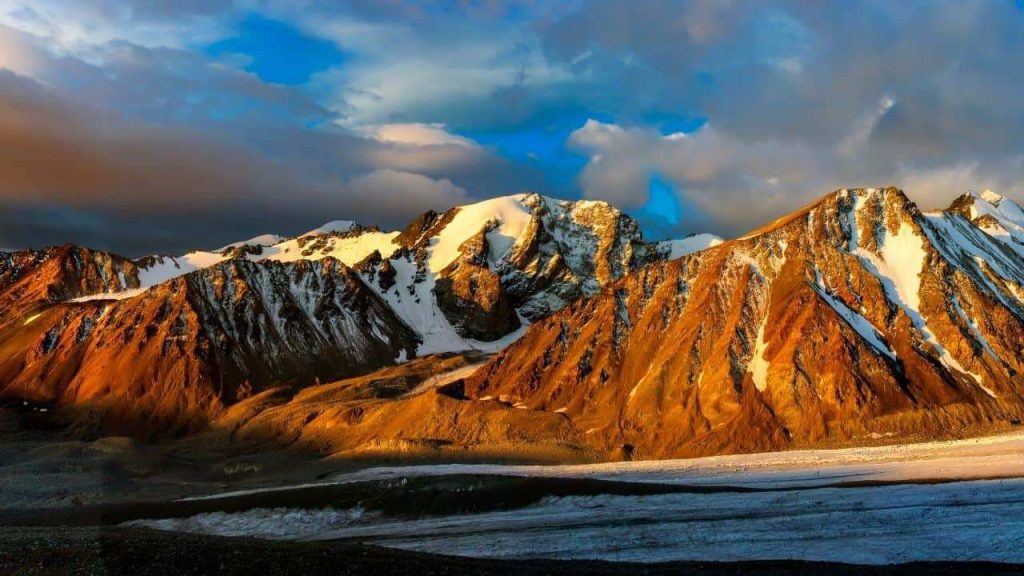
Altai Bogd National Park in Mongolia (Susan of The Insatiable Traveler): “It was a spectacular adventure, camping amidst the snow-capped mountains of the remote Altai Bogd National Park and spending time with several Kazakh families who invited us into their homes, welcomed us at their weddings and gave us a glimpse of a fascinating culture utterly different than our own.
But the journey was not for the faint of heart. It took over 16 hours to fly from New York to Ulaanbaatar, Mongolia’s capital.
Another three-and-a-half-hour flight west to Ulgii, where we climbed aboard our two Russian military vans that were surprisingly rugged and agile. There were no roads to speak of.
At best, there were dirt tracks; at worst, we were driving as the crow flies over terrain that was incredibly beautiful but hardly transportation-friendly.
Steep hills, precarious paths, fields of boulders the size of small cars, and several river crossings were just a few of the obstacles we overcame.”
More: Best Camping Stoves
Milford Sound in Fiordland National Park, New Zealand
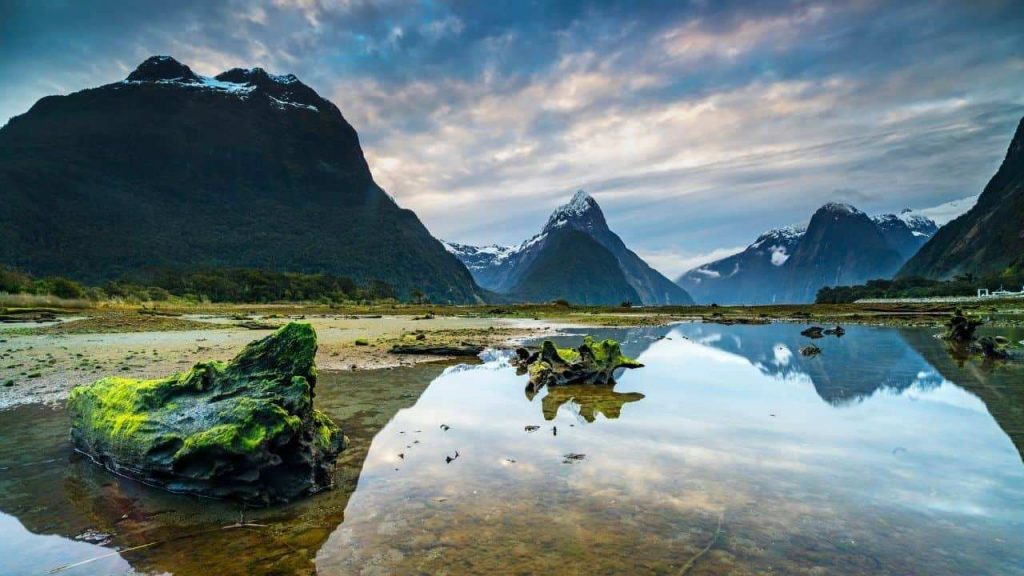
Milford Sound in Fiordland National Park, New Zealand (Lauren of The Life That Broke): “To get there, you pass through the Homer Tunnel, opened in 1954 as the first means by which to get to the Sound by road, and then wind your way down the steep, 1:10-gradient Milford Road.
The weather conditions can be precarious, and avalanches can occur on the road. It’s wise to check road conditions with the NZ Transport Agency and determine whether snow chains will be needed (you can rent these from an auto shop in the nearby town of Te Anau, where the workers will also demonstrate how to put them on).
Your reward for making it through to the Sound includes beautiful, snow-capped mountains, including the iconic Mitre Peak that is 1,692-meters above sea level. You can take a boat cruise along the 10-mile stretch from the top of the fiord to the ocean.
Along the way, you might be greeted by waterfalls, the Fiordland Crested Penguin—one of the rarest types of these birds in the world, dolphins, and seals.”
More: Best Hiking Boots
Havasu Falls in Arizona
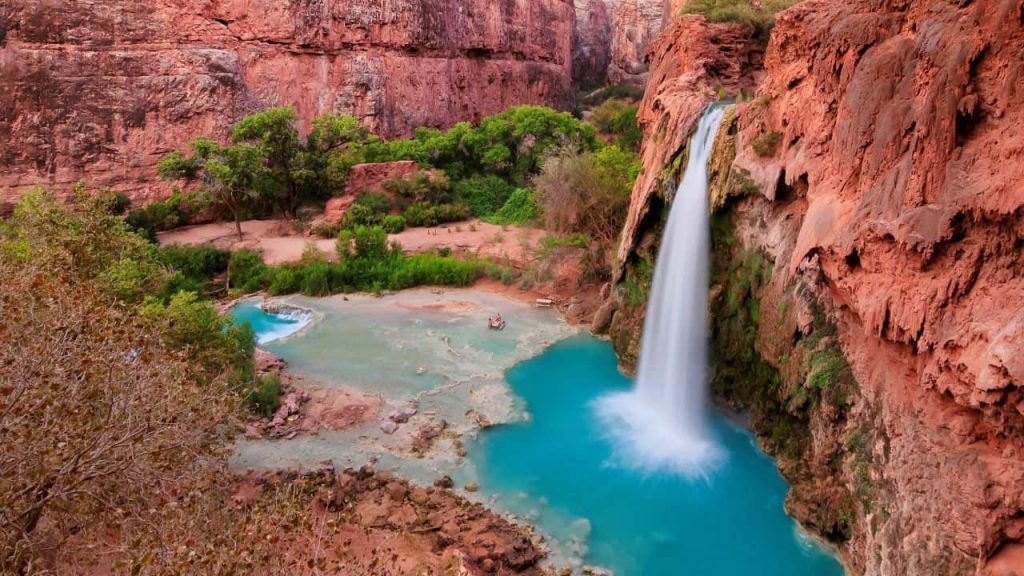
Havasu Falls in Arizona (Alyssa of My Life’s a Movie): “Havasu Falls takes one hell of a chase, which is part of what probably makes it so appealing.
Located in the Northern area of Arizona, about one hour west of the Grand Canyon, is an Indian reservation called Havasupai, which is basically situated in a mini-Grand Canyon, aka extremely difficult to get to.
But, if you want to see the infamous Havasu Falls (or, in my opinion, the much cooler Mooney Falls), you must make not only the driving trek to the Havasupai trailhead but the eight-mile trek into the actual reservation, and then another one-to-three mile hiking to the waterfalls. And you need a reservation.
What I mean by reservation is that Havasu Falls is also super popular for camping, except there’s an extremely limited amount of space. So reservations fill up for the year, almost a year in advance.”
Piesport in Germany
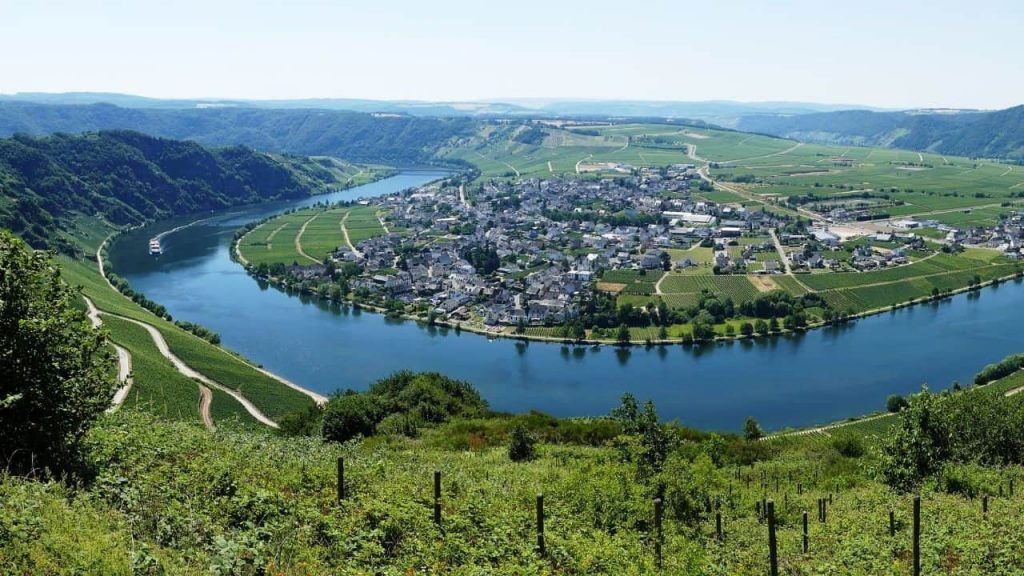
Piesport in Germany (Jamie of Travlr Blog): “Nestled between woods, fields, and vineyards, and divided by the Mösel river, Piesport has been a hub of wine culture since the Romans recognized its Mediterranean-like climate and strategic value.
Getting here is not easy, but well worth it. Pick your own adventure as you choose to either fly into Frankfurt, Düsseldorf, or Köln. From there, rent a car (or bike) and make your way to Koblenz.
In Koblenz, hop on a boat and head down the Mösel for the better part of an afternoon. Once in the Bernkastel-Wittlich region, hop-off or make your way to Piesport. At the edge of this small, riverside town are preserved ruins of a Roman Keller.
This is in the heart of the Römer Straße (Roman Road) trip down the Mösel wine region of antiquity. Once there, an endless itinerary of wine tasting and canvas-clad, Jesus-boot-wearing-man-power boat trips emerge.”
Lake Ballard in Western Australia

Lake Ballard in Western Australia (Laurence of Finding the Universe): “It’s not that it’s hard to get to exactly. It just takes a bit of time and effort, being as it is way out in the middle of nowhere in the Western Australian outback.
It’s worth it, though, as the lake is the location of an art installation by British sculpture artist Antony Gormley, who in this instance has installed 51 nearly life-size statues of people all across the dried-out salt lake.
This makes for an eerie experience, wandering around, just you and the statues (not many people come here). Definitely worth a visit if you happen to be within 1000 km!”
Lake Sebu in South Cotabato, Mindanao
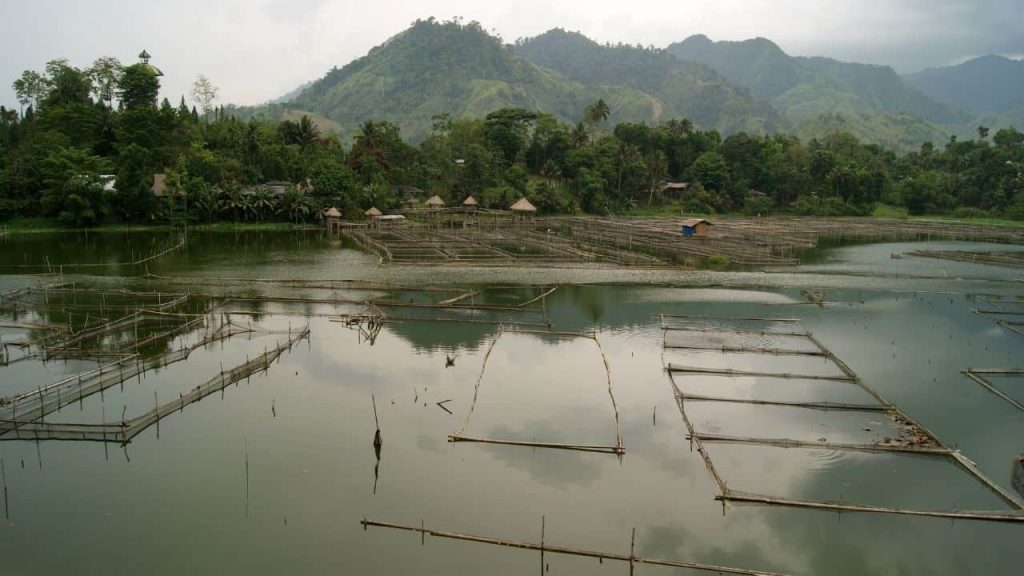
Lake Sebu in South Cotabato, Mindanao (Andrew of @KampheyApproved): “Surrounded by Muslim populated municipalities, it’s a true tourism gem in the rough.
It takes a three-hour bus ride and a 45-minutes van ride to get from Davao through General Santos to Lake Sebu. What makes this area special is the highest zip line in Asia.
Located in Seven Falls, a park costing less than 50 cents to enter, the zip line gives you a bird’s-eye view of three waterfalls. Falls one and two are within a 15-minutes walk of the entrance, while the others lie along with a three- to four-hour hike.
Lake Sebu itself makes for a great attraction. A lunch cruise takes you around the lake at Punta Isla Lake Resort. Cold springs that dot the area make for a welcome respite from the heat. The Divine Mercy brings local culture to life.”
Acatenango Volcano in Guatemala
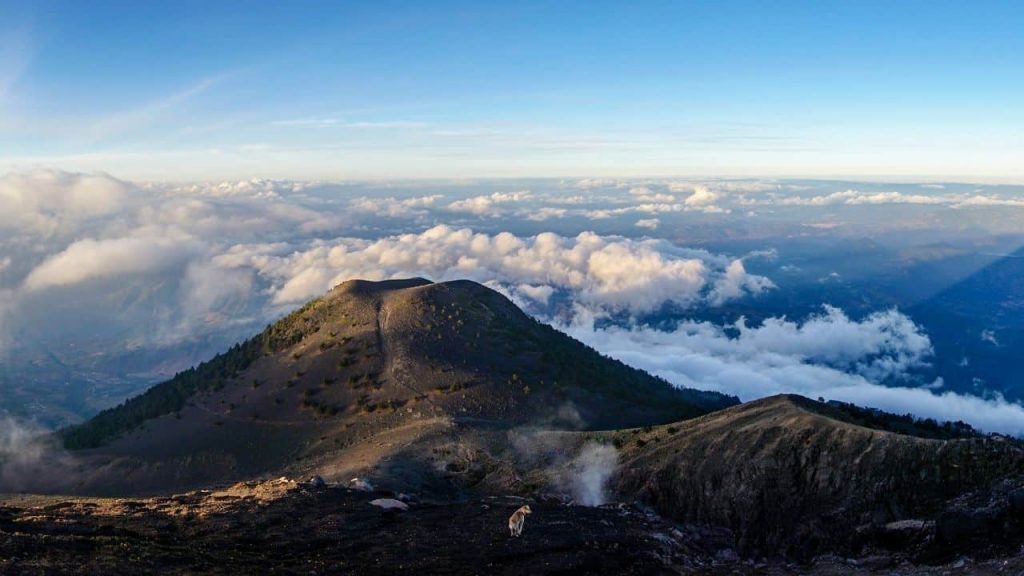
Acatenango Volcano in Guatemala (Becky of The Girl and Globe): “Like most volcanoes, the slopes are steep, and the trail to the summit obviously leads directly uphill.
To add to the difficulty, the whole thing is at altitude (the summit is 13,000+ feet), so if you’re not acclimated, it can be dangerous. If you persevere, your reward is getting to the last section of the trail, which is composed of volcanic ash.
You take two steps up and slide one step back. If you’ve ever climbed a sand dune, you know how taxing it can be! When you do make it to the top, the weather is often bitterly cold and windy.
The reason for this masochistic endeavor is for views of another volcano: Fuego. Fuego translates to “fire”, and it’s typically very active: blowing steam, exploding ash, and lava flows down the slopes.
Downhill is difficult in its own way since the severe slope is hard on your knees, and you’re already sore and exhausted from the hike up. That said—it’s totally worth the pain!”
More: The Best Water Bottles
Manu Biological Reserve in the Amazon Rainforest in Peru
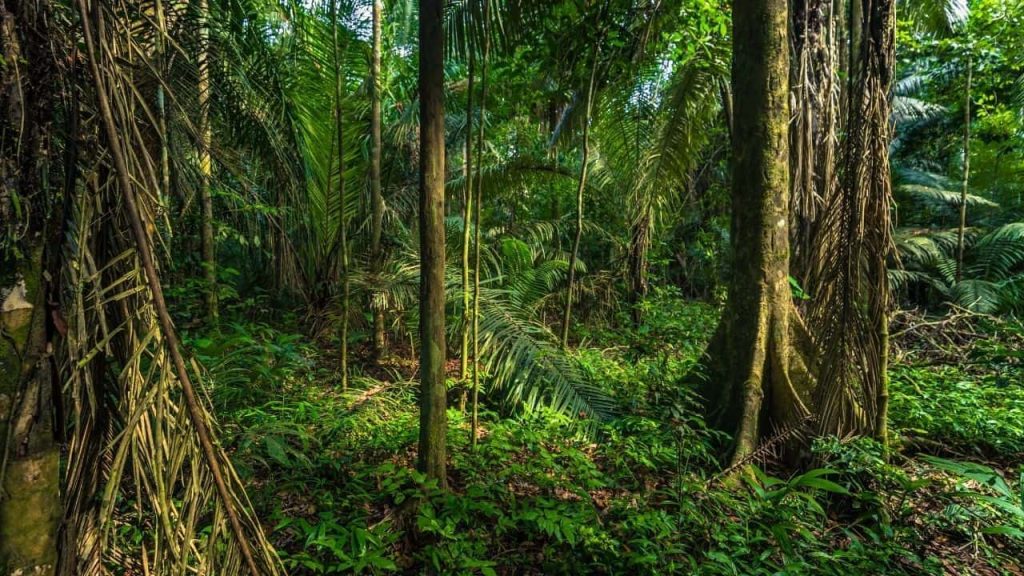
Manu Biological Reserve in the Amazon Rainforest in Peru (Jacquie of Adios Adventure Travel): “It’s home to the last remaining groups of ‘uncontacted’ tribes in the world. Travel through Lima to Cusco, where the trip begins.
It can end in Cusco as well—or end in the Amazon frontier town of Puerto Maldonado, where it’s possible to fly back to civilization. You drive about seven to eight hours by van, crossing the Andes and descending into the cloud forest and Amazon basin.
Then board a motorized canoe for another seven to eight hours of chugging down the rivers to get to Casa Matsiguenga, a camp run by local tribes. You travel with a licensed guide, a driver, a cook, your own provisions, a boatman, and an assistant.
The rustic camp is your base for wandering into the jungle (with your licensed guide!) to search for howler monkeys, prehistoric hoatzin (birds), river otters, and if you’re lucky, tapirs and jaguars.”
To Sua Ocean Trench in Samoa
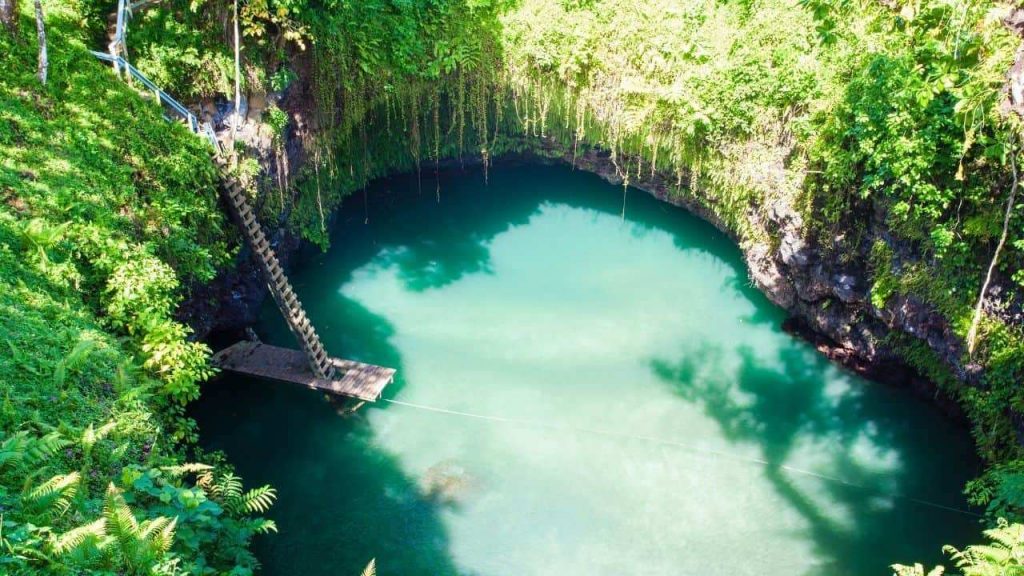
To Sua Ocean Trench in Samoa (Avichai of X Days in Y): “Hiding in the top of a seemingly ordinary grassy sea cliff in Samoa’s Upolu Island is one of nature’s prettiest swimming holes.
The To Sua Ocean Trench is formed by two massive sinkholes connected by an ancient lava tube. One of the sinkholes is filled with blinding emerald water, fed by the warm currents of the South Pacific Ocean pounding the sea cliffs just a few meters away.
Looking like something out of a fairytale movie from the top, gather up some courage and step down a steep ladder to float in its pristine waters.
Once you hit the water, you are well below ground level, and the outside world is so quickly forgotten.”
Volcanoes National Park in Hawaii
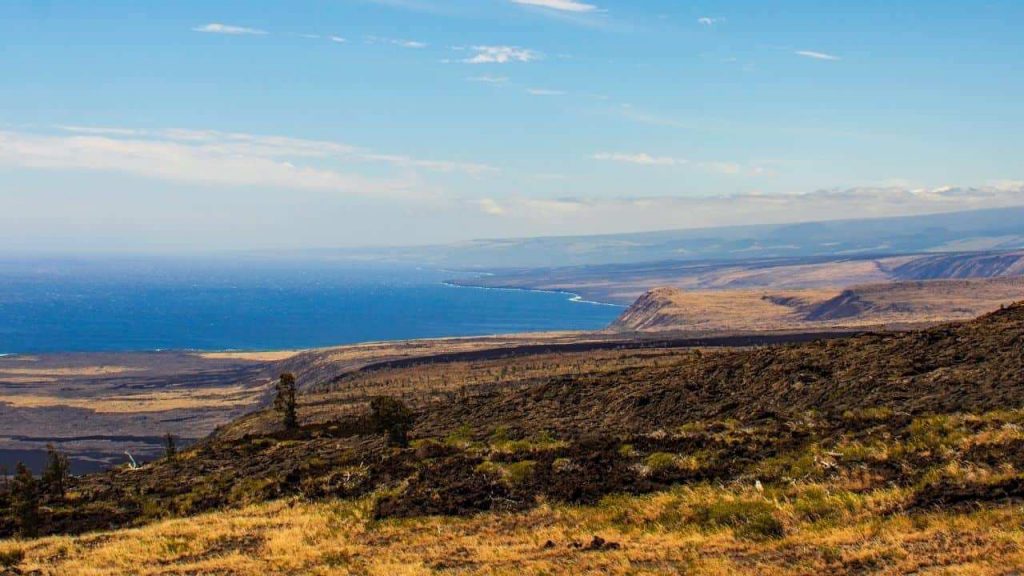
Volcanoes National Park in Hawaii (Hung of Up Up and a Bear): “Anyone can visit Hawaii’s Volcanoes National Park on the Big Island, but to experience the fiery magic of this majestic volcano up close, you’ll need a very specific guide—someone who used to live or had family living in the lowland areas engulfed by lava years ago.
The adventure starts at 3 am at the end of the road on Hwy 130 with a long hike to active lava fields. Along the way, feast your eyes on remnants of a city buried in time: rooftops jutting out from the ground, bathtubs surrounded by hardened lava glass, and rusted cars frozen in time.
The three- to four-hour hike on this newly formed landmass will cut your shoes, and there are potentially dangerous weak spots that you can fall into, but the reward is ever so sweet.”
Wrangel Island in Russia
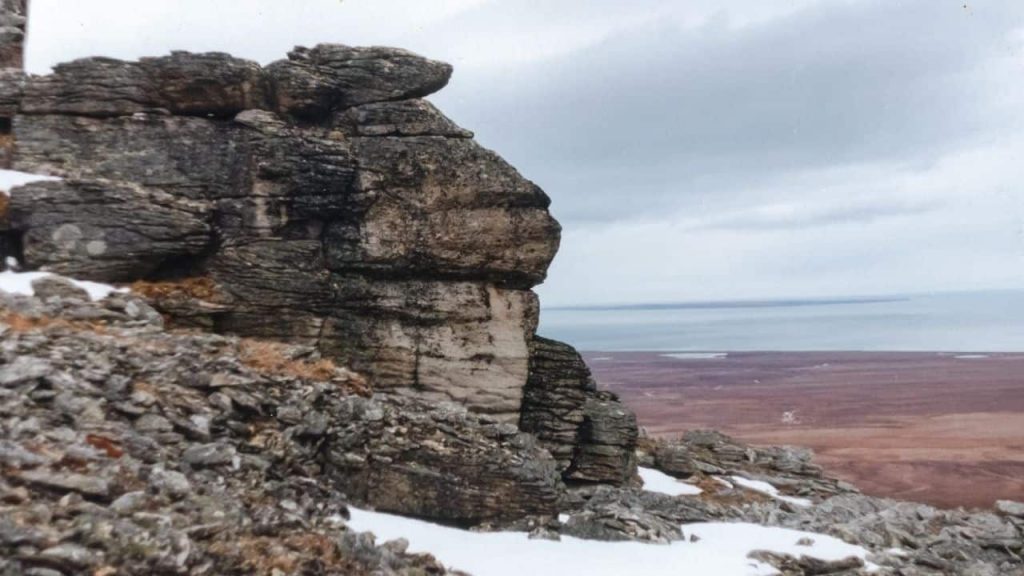
Wrangel Island in Russia (Sherry of Otts World): “I set foot on the Wrangel Island tundra, and the earth beneath me moved. It was like walking on a sponge, soft and light, almost delicate feeling. However, the tundra was anything but delicate.
I had just set foot on an island that only a few hundred people have ever seen or walked on. A visit to Wrangel Island in Russia’s High Arctic is truly a unique once-in-a-lifetime experience.
It’s one of the hardest-to-get-to and least-known islands in the world for humans, but Arctic wildlife knows it well. Wrangel was the home of the last known Wooly Mammoth, and it’s currently known as the Polar Bear Maternity Ward since so many bears come off the ice and den there each year.
With special permits, the island is reachable only by small expedition ships via Heritage Expeditions. You’ll travel through the Bering Strait, along the Northern Siberian coast, and then turn northward.”
More: Zippo Hand Warmer Review

